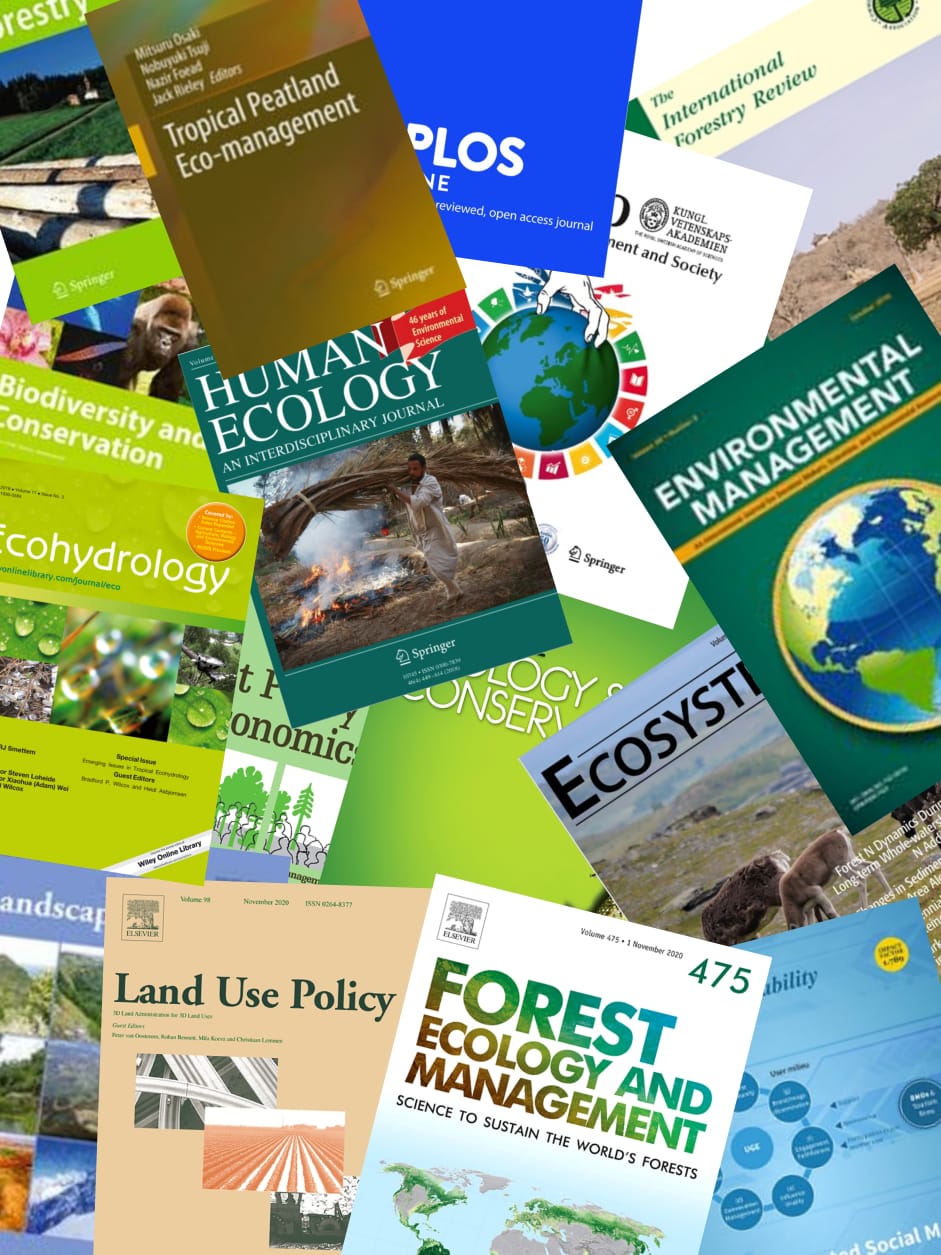In 1997-98, a series of stochastic events in the Asia-Pacific region contributed to the end of a long period of tourism growth and 1998 saw contractions in tourist numbers in several countries of the region. Extensive forest fires in Kalimantan and Sumatra prompted cancellation of many visits to the East Asia region, even to destinations unaffected by the resulting widespread havoc. The Chinese take-over of Hong Kong had severe ramifications for tourist visitation to the former British territory, with heavy discounting evident in attempts to sustain tourist visitation. Subsequently, from July 1997, the most serious impacts began with the currency collapse in Thailand, the beginning of what is now referred to as the Asian Economic Crisis, affecting many countries in East Asia. Indonesia has been the most severely affected. Escalating economic and political crises there have seen the virtual cessation of inbound tourism outside Bali. Then the coup d’état in Cambodia effectively halted visitation to what had been the region’s second fastest growing destination country. Against all these factors, an era of growth has turned into a period of contraction, which is now presenting challenges for managers, investors and policy-makers interested in tourism across the Asia-Pacific region. © 1998, MCB UP Limited
View source

